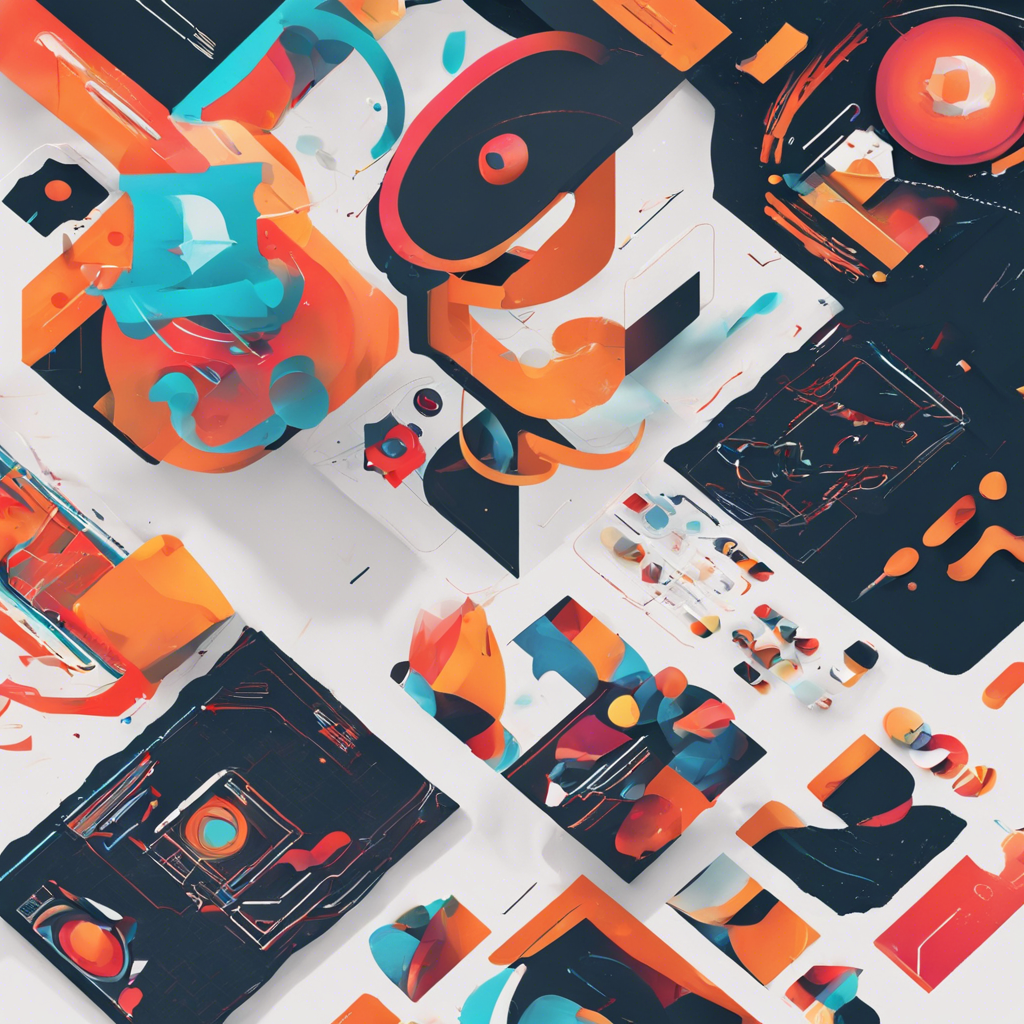Is motion design under graphic design?
Is Motion Design Under Graphic Design?
Motion design, also known as motion graphic design, is a fascinating field that combines graphic design with animation and filmmaking techniques. In this article, we'll explore what motion design is, its relationship to graphic design, and its impact in various industries.
What is Motion Design?
Motion design refers to the creation of animated visual content. It encompasses a wide range of media, including animations, infographics, and videos. Unlike static graphic design, which focuses on still images, motion design brings these visuals to life through movement.
Motion Design vs. Graphic Design
While motion design and graphic design share some similarities, they also have distinct differences:
-
Visual Elements:
- Graphic design primarily deals with static visuals, such as logos, posters, and print materials.
- Motion design, on the other hand, involves dynamic elements that move and change over time.
-
Purpose:
- Graphic design aims to convey information or evoke emotions through visual compositions.
- Motion design serves a similar purpose but adds an extra layer of engagement by incorporating movement.
-
Tools and Software:
- Graphic designers use tools like Adobe Photoshop for rasterized graphics and Adobe Illustrator for vector art.
- Motion designers rely on specialized software such as Adobe After Effects, Cinema 4D, and Blender to create animated graphics.
- Applications:
- Graphic design is prevalent in branding, marketing, and print media.
- Motion design finds applications in film and television opening sequences, content marketing, advertising, software interfaces, and more.
The Intersection of Motion and Graphic Design
Motion design is essentially the child of animation and graphic design. It inherits the visual language and principles from graphic design and then brings them to life through motion. Here are some key points about this intersection:
- Visual Communication: Motion graphics communicate information through visually engaging icons, typography, and other design elements.
- Dynamic Storytelling: Motion design allows designers to tell stories and convey complex ideas using movement and timing.
- Branding and Marketing: Brands use motion graphics to create memorable advertisements, explainer videos, and social media content.
- User Interfaces (UI): Motion design enhances user experiences by providing smooth transitions and interactive elements within apps and websites.
Conclusion
In summary, motion design is an exciting field that bridges the gap between static visuals and dynamic animations. Whether you're a graphic designer looking to expand your skillset or someone interested in creating captivating visual content, motion design offers endless possibilities.
Remember, if it doesn't move, it's not motion graphics! 🎥✨
I hope you find this article informative and engaging! If you have any further questions or need clarification, feel free to ask. 😊
References:
- Motion graphic design – Wikipedia
- Motion Design: Everything You Need To Know – ProApp
- What’s the difference between animation vs motion graphics vs graphic design?
- What is Motion Graphics — Definition, Examples & Types – StudioBinder [^1^] [^2^] [^3^] [^4^]
Discover more from EMD
Subscribe to get the latest posts to your email.
